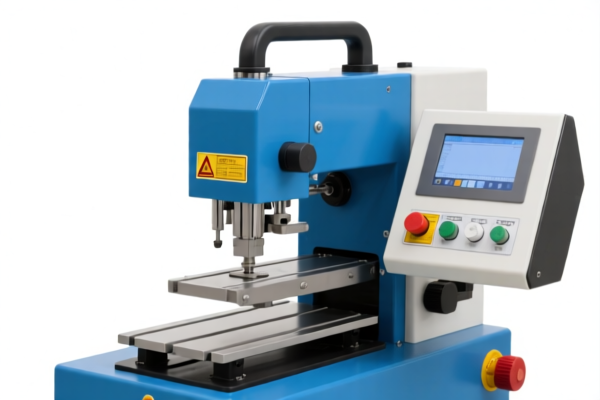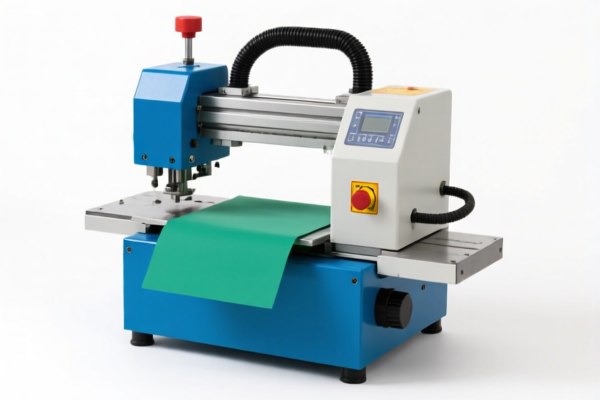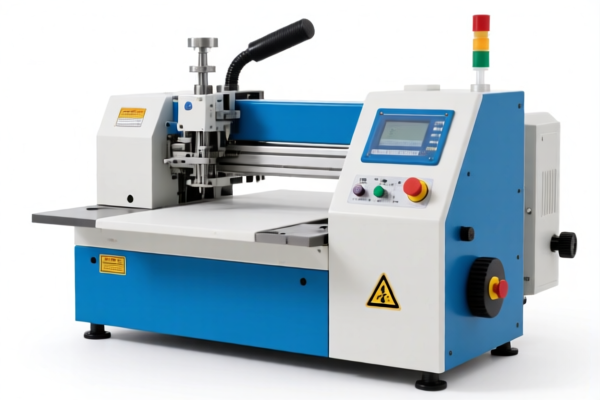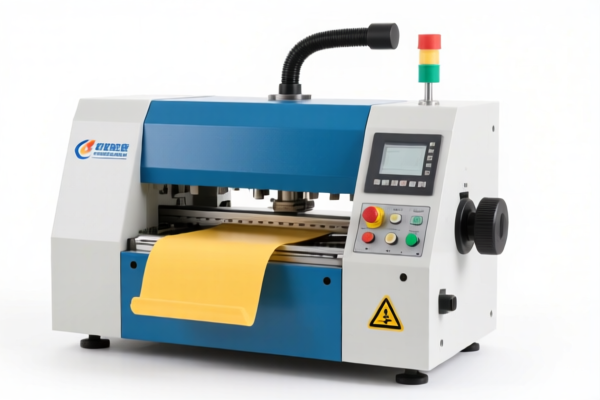| HS Code | Official Doc | Tariff Rate | Origin | Destination | Effective Date |
|---|---|---|---|---|---|
| 8443321010 | Doc | 37.5% | CN | US | 2025-05-12 |
| 8443321020 | Doc | 37.5% | CN | US | 2025-05-12 |




Laser Engraving Machine
A laser engraving machine is a computer-controlled system that uses a laser to etch, cut, or mark designs onto a variety of materials. These machines are utilized across diverse industries for customization, prototyping, and manufacturing.
Materials
Laser engraving machines can work with a wide range of materials, categorized broadly as follows:
- Organic Materials: Wood (balsa, plywood, hardwood, MDF), acrylic, leather, paper, cardboard, fabric, cork, rubber. These materials typically darken or vaporize when exposed to the laser.
- Metals: Stainless steel, aluminum, brass, titanium, gold, silver. Metals often require higher powered lasers and may necessitate a coating or pre-treatment for optimal results. Anodized aluminum is particularly well-suited for laser engraving.
- Plastics: ABS, polycarbonate, Delrin, polypropylene (some plastics are unsuitable due to toxic fumes released during processing).
- Glass & Stone: Engraving or etching glass and stone often requires specialized lasers and techniques.
- Other: Slate, marble, bone, and certain coated materials.
Purpose & Function
The core function of a laser engraving machine is material removal through controlled laser ablation. The process involves:
- Laser Source: Generates a focused beam of light energy. Common laser types include CO2, fiber, and YAG lasers, each with different wavelengths and power levels suited to specific materials.
- Optical System: Mirrors and lenses direct and focus the laser beam onto the material's surface.
- Motion Control System: Precise motors (typically stepper motors) move the laser head or the material to create the desired pattern. This is guided by computer software.
- Software: Designs are created or imported into software (e.g., CorelDraw, AutoCAD, LightBurn) and converted into instructions for the machine's controller.
The process can be used for:
- Engraving: Removing material to create recessed designs.
- Cutting: Completely severing material along a defined path.
- Marking: Altering the surface of the material (e.g., color change, contrast) without significant material removal.
Usage Scenarios
- Personalization: Customizing gifts, awards, and promotional items (e.g., names on phone cases, logos on wooden plaques).
- Prototyping: Creating quick and accurate prototypes for product development.
- Signage: Producing signs, labels, and nameplates.
- Manufacturing: Creating part numbers, barcodes, and serial numbers on components.
- Art & Design: Producing intricate artwork and decorative items.
- Model Making: Cutting and engraving detailed models from wood, acrylic, or other materials.
- Industrial Applications: Marking metal components, creating stencils, and etching circuit boards.
Common Types
- CO2 Laser Engravers: Most common type, suitable for organic materials, glass, and some plastics. Relatively affordable and versatile. Typically operate in the 90-150W power range.
- Fiber Laser Engravers: Ideal for metals, plastics, and some coated materials. More expensive than CO2 lasers but offer higher precision and faster engraving speeds. Operate in the 20-100+W power range.
- YAG Laser Engravers: Older technology, used for metal engraving but less common now due to the advantages of fiber lasers.
- Diode Laser Engravers: Smaller, less powerful lasers often used for hobbyist applications and engraving softer materials.
- Galvo Laser Engravers: Utilize galvo mirrors for extremely fast and precise engraving, often used for high-volume industrial marking.
Safety Considerations
- Laser Radiation: Laser engraving machines emit potentially harmful radiation. Enclosed machines with interlocks and safety glasses are essential.
- Fumes & Ventilation: Engraving certain materials can release toxic fumes. Proper ventilation and filtration systems are crucial.
- Fire Hazard: Combustible materials can ignite during engraving. Fire suppression systems and constant supervision are recommended.
- Electrical Safety: Laser engraving machines operate on high voltage. Proper grounding and electrical safety precautions are necessary.
Laser engraving machines fall under the category of printing machinery or other printers capable of connecting to an automatic data processing machine or a network. Here's a breakdown of relevant HS codes based on the provided information:
-
8443321010: This HS code covers “Other printers, copying machines and facsimile machines, whether or not combined: Other, capable of connecting to an automatic data processing machine or to a network: Printer units Laser: Capable of producing more than 20 pages per minute”. This would apply to laser engraving machines functioning as high-speed printers.
- 84: Chapter 84 – Nuclear reactors, boilers, machinery and mechanical appliances; parts thereof.
- 43: Heading 8443 – Printing machinery, typesetting machinery and plates for printing; other reproducing apparatus in which plates are used for printing and parts thereof.
- 32: Subheading 8443.32 – Other printers, copying machines and facsimile machines, whether or not combined.
- 10: Further specification – Printer units Laser capable of producing more than 20 pages per minute.
-
8443321020: This HS code covers “Other printers, copying machines and facsimile machines, whether or not combined: Other, capable of connecting to an automatic data processing machine or to a network: Printer units Laser: Other”. This would apply to laser engraving machines functioning as printers, but not specifically those capable of producing more than 20 pages per minute.
- 84: Chapter 84 – Nuclear reactors, boilers, machinery and mechanical appliances; parts thereof.
- 43: Heading 8443 – Printing machinery, typesetting machinery and plates for printing; other reproducing apparatus in which plates are used for printing and parts thereof.
- 32: Subheading 8443.32 – Other printers, copying machines and facsimile machines, whether or not combined.
- 20: Further specification – Printer units Laser: Other.
Tax Information:
Both HS codes 8443321010 and 8443321020 share the following tax details:
- Basic Tariff: 0.0%
- Additional Tariff: 7.5%
- Tariff after April 2, 2025: Additional Tariff increases to 30%
- Total Tariff: Currently 37.5% (0.0% + 7.5%) and will be 37.5% (0.0% + 30%) after April 2, 2025.
Customer Reviews
No reviews yet.